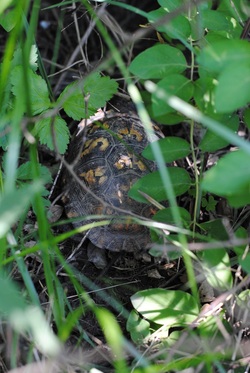
At a recent garden party (perhaps that term is a bit too formal for a group of couples hanging out eating pizza while the kids run around like wild animals), part of the conversation covered the host’s lovely vegetable garden. I’ll admit to some envy at the size and beauty of the tomato plants in the organized suburban garden setting, compared to the young scrappy looking vines out in my rural plot. During the chat discussion shifted to slug control measures. It seems that the beer traps work well, but require continued vigilance. Grapefruit halves and egg shells were mentioned as other effective methods but no one seemed to have direct experience with those techniques. I left the conversation intrigued and newly aware that we haven’t had any slug issues this year. That sparked my curiosity.
Don’t get me wrong, I have found an occasional slug in the garden, but nothing that would cause concern. There are many potential reasons why slugs might not be a pest problem in my garden while our fellow party goers were exploring control methods a few miles away. Microclimate, garden location, orientation to the sun, soil moisture, shading, nearby structures and soil composition are just a few of the possibilities. My favorite answer, and most probable one, is predation. In one of my earlier blog entries I shared a photo of a toad sitting in the newly constructed hugelkultur garden bed. A few weeks ago my wife spotted a turtle lounging under the shade a few feet from that same garden. Toads and turtles love to eat slugs. I suspect these guys are dispatching the slugs before they do much damage or I get the opportunity to view them. On our property, that toad has several brothers, sisters and cousins living near the small stream, in the natural drainage channels, in the landscape beds and in our multiple vegetable plots. The more slugs, the more toads can move into the area to eat. While toads and turtles might not seem like predators from my viewpoint, I suspect they are high on the list of threats to a slug. But why we don’t have toad infestation problems? I suspect the slug to toad / turtle population has reached a point of stasis or the raccoons, coyotes and hawks have created a similar balance with the toad as prey.
Natural ecosystems are all about long term balance. Slug or toad infestations will occur periodically. One species may rise to infestation level in an area for a period of time. Any system will have occasional variances, but a well-balanced system will self-modify and self-correct. Predators often play the critical role in ecosystems. Population explosions by one species will eventually attract its predators and parasites. Those predators themselves may grow in population but this should balance as the food source disappears or new predators and parasites emerge to prey upon the new imbalance.
Permaculture is a systems based approach to agriculture. Plants and animals are selected to play a role within the community toward a goal of symbiosis and balance. Diversity and polycultures are preferred over monocultures. The clover used as ground cover attracts pollinators and fixes nitrogen for other plants in system. Some species are chosen to draw nutrients deep in the soil near the surface where it can be accessed by others. Helpful insects and wildlife are encouraged to thrive along with useful livestock management. Even the litter and waste serves an important purpose in the system. Preference is given to perennial or self-propagating species toward a long term self-sustaining system.
Within the permaculture community, some are experimenting with the transfer of these concepts from the fields and forests into human society. At first blush that seems a little hippie or libertarian to me (I’m a moderate at heart), but from a systems thinking standpoint I can’t help but be drawn to the concept. Upon reflection it doesn’t seem that different than the last hundred thousand years of human society, with the notable exception of the last few hundred years. I also can’t help having misgivings over the impact of human population expansion and impact within our ecosystem. Natural systems seem to find ways to self-modify and self-correct to reach stasis.
We humans are an intelligent species. Perhaps we’re intelligent enough to maintain and sustain an out of balance system. For some reason I’m doubtful that we’re that intelligent. I am hopeful that we are smart enough to find ways to create more balance and some sort of stasis so nature doesn’t take things into her own hands. The likely result ends up with nature treating us like another population infestation, rebalancing population levels through food shortages, predators / parasites or outright extinction.
As for our little forty acre slice of earth, I’m going to try to take as much pleasure in the coyote, hawk and raccoon as I do in the toads, turtles and turkeys. That won’t be easy. I suppose we could end up losing some of our chickens or even one of our dwarf goats. The kids will cry. I'll be frustrated. But the coyotes are just being coyotes, playing their role in the ecosystem. They have moved here to Ohio because we no longer have red wolves. While the bobcat still lurks in some southern Ohio forests, the only Ohio bobcat most of us will see in a lifetime is the one on a collegiate sweatshirt. So when I see those predators I'll try to pause, recall those permaculture concepts and try to take solace in the fact that the higher predators are a sign of a healthy and balanced ecosystem.
Don’t get me wrong, I have found an occasional slug in the garden, but nothing that would cause concern. There are many potential reasons why slugs might not be a pest problem in my garden while our fellow party goers were exploring control methods a few miles away. Microclimate, garden location, orientation to the sun, soil moisture, shading, nearby structures and soil composition are just a few of the possibilities. My favorite answer, and most probable one, is predation. In one of my earlier blog entries I shared a photo of a toad sitting in the newly constructed hugelkultur garden bed. A few weeks ago my wife spotted a turtle lounging under the shade a few feet from that same garden. Toads and turtles love to eat slugs. I suspect these guys are dispatching the slugs before they do much damage or I get the opportunity to view them. On our property, that toad has several brothers, sisters and cousins living near the small stream, in the natural drainage channels, in the landscape beds and in our multiple vegetable plots. The more slugs, the more toads can move into the area to eat. While toads and turtles might not seem like predators from my viewpoint, I suspect they are high on the list of threats to a slug. But why we don’t have toad infestation problems? I suspect the slug to toad / turtle population has reached a point of stasis or the raccoons, coyotes and hawks have created a similar balance with the toad as prey.
Natural ecosystems are all about long term balance. Slug or toad infestations will occur periodically. One species may rise to infestation level in an area for a period of time. Any system will have occasional variances, but a well-balanced system will self-modify and self-correct. Predators often play the critical role in ecosystems. Population explosions by one species will eventually attract its predators and parasites. Those predators themselves may grow in population but this should balance as the food source disappears or new predators and parasites emerge to prey upon the new imbalance.
Permaculture is a systems based approach to agriculture. Plants and animals are selected to play a role within the community toward a goal of symbiosis and balance. Diversity and polycultures are preferred over monocultures. The clover used as ground cover attracts pollinators and fixes nitrogen for other plants in system. Some species are chosen to draw nutrients deep in the soil near the surface where it can be accessed by others. Helpful insects and wildlife are encouraged to thrive along with useful livestock management. Even the litter and waste serves an important purpose in the system. Preference is given to perennial or self-propagating species toward a long term self-sustaining system.
Within the permaculture community, some are experimenting with the transfer of these concepts from the fields and forests into human society. At first blush that seems a little hippie or libertarian to me (I’m a moderate at heart), but from a systems thinking standpoint I can’t help but be drawn to the concept. Upon reflection it doesn’t seem that different than the last hundred thousand years of human society, with the notable exception of the last few hundred years. I also can’t help having misgivings over the impact of human population expansion and impact within our ecosystem. Natural systems seem to find ways to self-modify and self-correct to reach stasis.
We humans are an intelligent species. Perhaps we’re intelligent enough to maintain and sustain an out of balance system. For some reason I’m doubtful that we’re that intelligent. I am hopeful that we are smart enough to find ways to create more balance and some sort of stasis so nature doesn’t take things into her own hands. The likely result ends up with nature treating us like another population infestation, rebalancing population levels through food shortages, predators / parasites or outright extinction.
As for our little forty acre slice of earth, I’m going to try to take as much pleasure in the coyote, hawk and raccoon as I do in the toads, turtles and turkeys. That won’t be easy. I suppose we could end up losing some of our chickens or even one of our dwarf goats. The kids will cry. I'll be frustrated. But the coyotes are just being coyotes, playing their role in the ecosystem. They have moved here to Ohio because we no longer have red wolves. While the bobcat still lurks in some southern Ohio forests, the only Ohio bobcat most of us will see in a lifetime is the one on a collegiate sweatshirt. So when I see those predators I'll try to pause, recall those permaculture concepts and try to take solace in the fact that the higher predators are a sign of a healthy and balanced ecosystem.
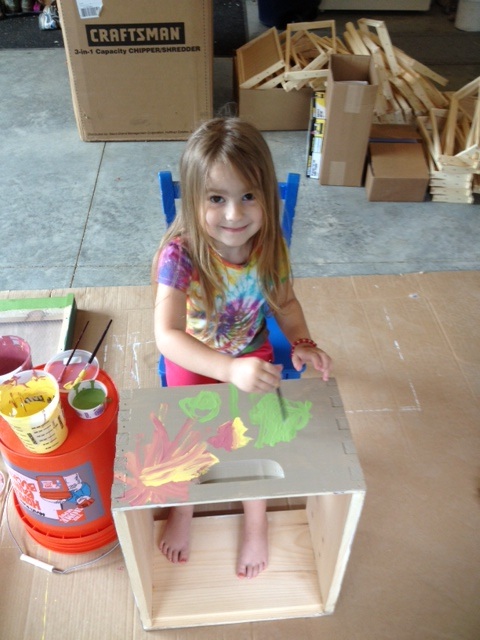
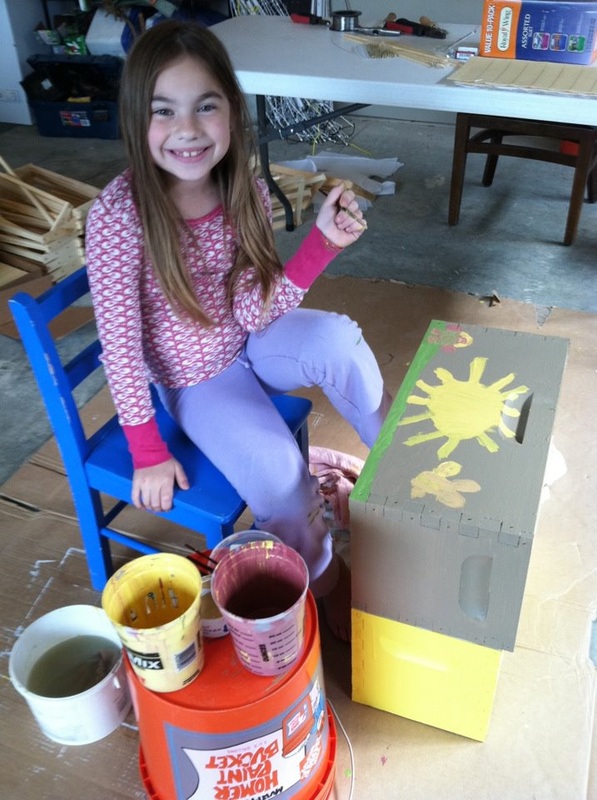
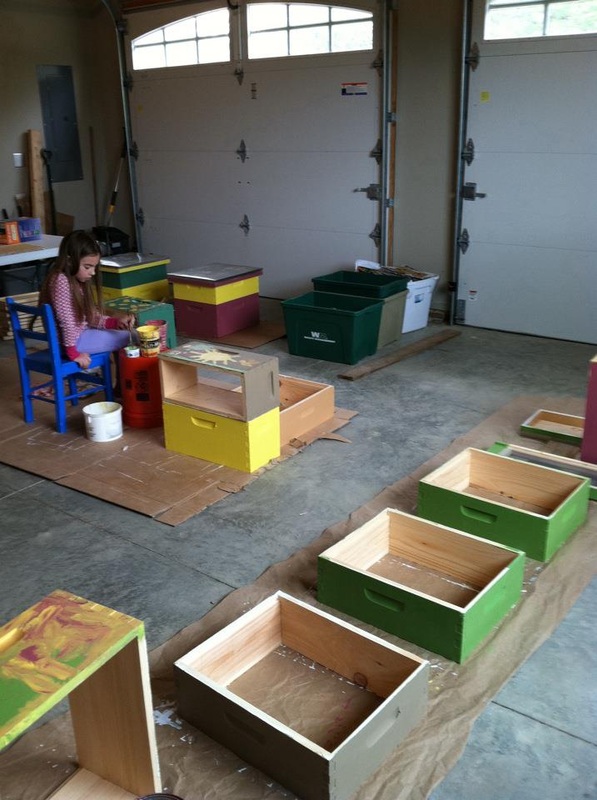
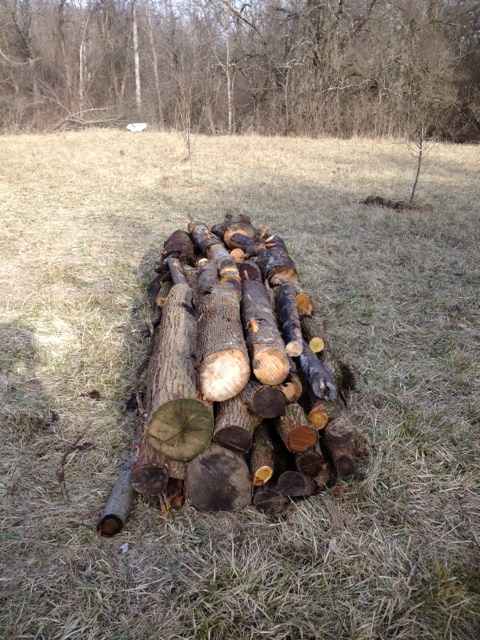
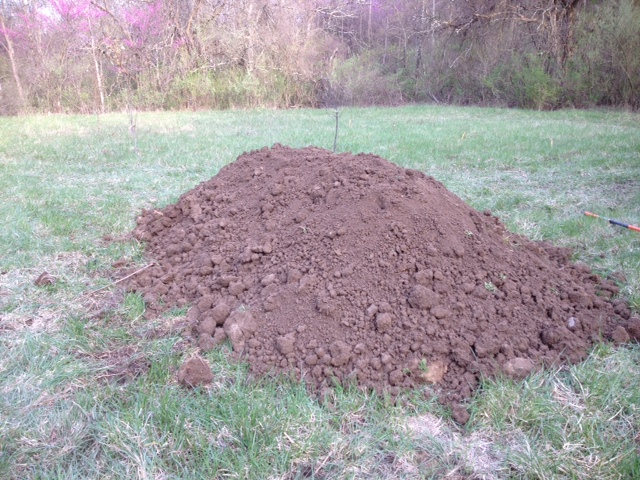
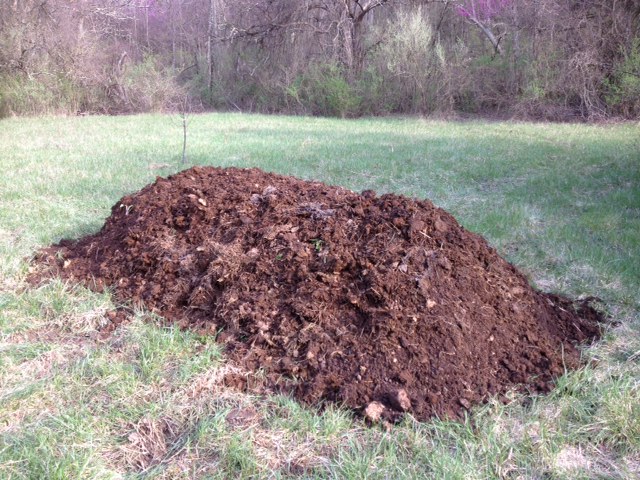
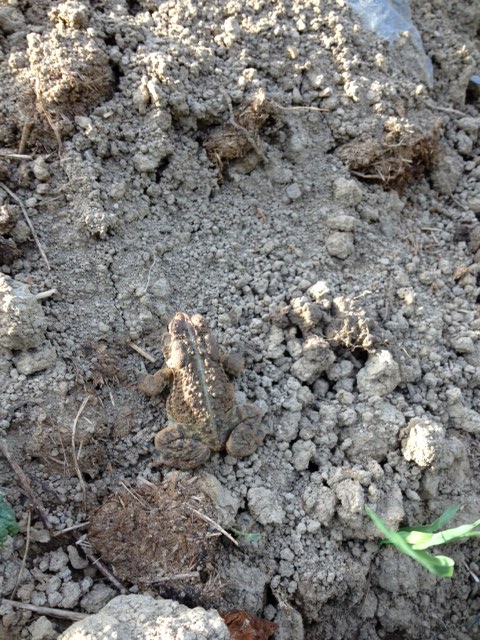
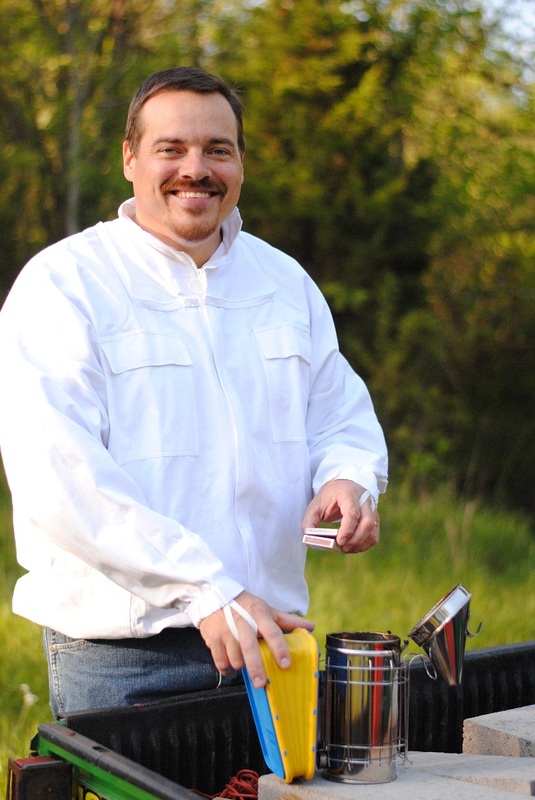
 RSS Feed
RSS Feed